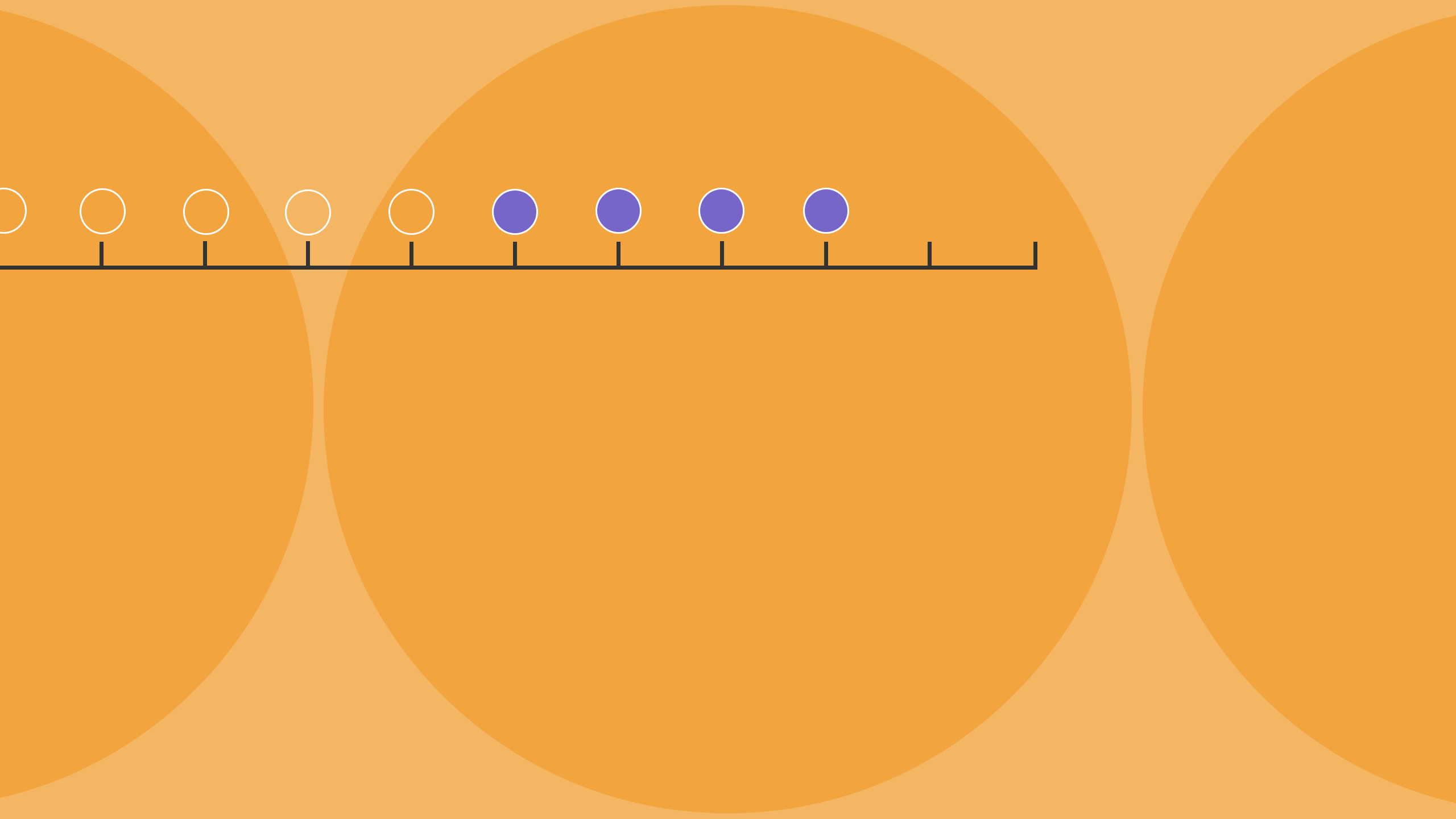Need help implementing your CX goals?
Our industry knowledge and experience are at your service. Contact CX by Design for a free 30-minute session and take the first step towards a thriving future!

edit Lis Hubert
event 01/20/2025
pace 4 mins
Learn how to choose usability metrics that provide information on the user experience – and the customer experience. This article, the fourth in our CX metrics series, demonstrates the link between usability and customer engagement.
Usability metrics – along with information from sales, customer service, and business processes – play a large part in understanding the customer experience. In fact, a product or service’s ease of use touches every corner of consumers’ lives.
According to research compiled by Forbes, 71% of all businesses have a website; 48% of small businesses have their own mobile app. So, let’s look at several usability metrics and what they can tell us about the customer experience.

Often, ‘usability’ is lumped in with user experience (UX) or digital accessibility – how easy it is to use an app, website, or any other screen-based interface. However, usability can also apply to physical objects. For example, think of Amazon’s Frustration-Free packaging; it makes doing the thing we want to do (tear open the package and get the product we ordered) easier.
So while most of the usability metrics we discuss below are assumed to be measuring the digital experience, many can also be used for the physical shopping experience. For example, we revamped labels, tags, and packaging materials for one of our clients to improve the in-store customer experience. We’ve also used similar metrics to improve that client’s online customer experience.
The takeaway? Don’t limit yourself to one definition of usability! It can be physical, digital, or phygital – a blend of the physical and digital worlds. With that in mind, these are the usability metrics we’ve found most helpful in measuring the user experience:
Your customer effort score (CES) is one of your most valuable usability metrics. It uses input from actual website, app, kiosk, or store patrons to determine the overall effectiveness of your customer experience.
You can measure your CES using a two-part process. The first part is a customer survey. This can be a short, one-question affair or part of a longer survey. Essentially, you’d use a numeric scale with a question like “How easily were you able to do X?” or “How much effort did it take to do Y?”. The scale ranges from Very Easy (1) to Very Hard (5).
To measure your customer effort score, simply total the point values given to that question and divide that total by the number of survey responses. If your 100 survey participants had a combined CES total of 450, your customer effort score is 45. (Room for improvement!)
Note: You can also calculate customer effort scores using Likert scales, emoticons, or other methods. To learn more about scoring these variations, we recommend Sprinklr’s article What is a Customer Effort Score and How to Calculate it.

Aside from customer experience metrics – with which they share quite a few similarities – usability metrics have the most direct impact on your customer experience. You don’t have to extrapolate information from sales statistics or marketing outcomes; you get direct, measurable information from your customers and the tools they use to communicate with your business.
Once you begin measuring usability metrics, you can quickly gauge your current user experience. You’ll also have additional insight into your strengths and weaknesses. More importantly, customer experience research will tell you what your users need and want from your company. This makes usability metrics one of the cornerstones of your CX repertoire.
Next week, we’ll discuss customer service metrics and the insights they provide into your customer experience. Don’t miss it!
Our industry knowledge and experience are at your service. Contact CX by Design for a free 30-minute session and take the first step towards a thriving future!

Want to help your company thrive using the principles of human-centered design? Our FREE 30-minute introductory session will get you on the right path!
Schedule your free consultation